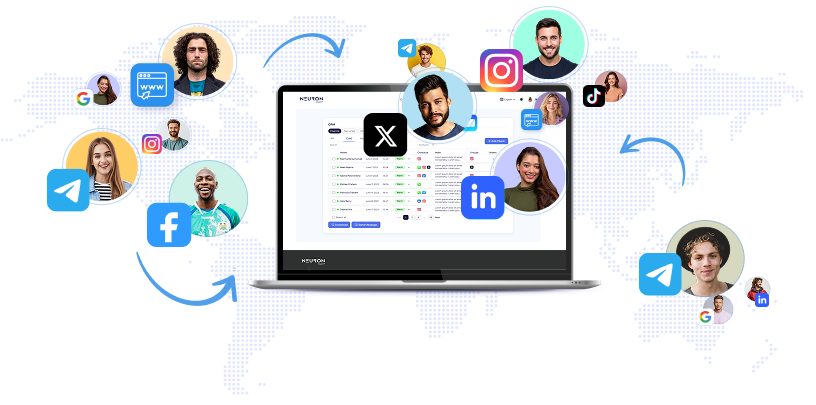
In this column, I discuss the growing belief that generative AI and large language models (LLMs) are underutilized, despite their widespread adoption. Currently, OpenAI's ChatGPT boasts around 250 million weekly active users, along with many others using various AI applications like Anthropic Claude and Google Gemini. The focus, however, shouldn't just be on user numbers but rather on how these technologies are being employed. Traditionally, generative AI primarily processes text inputs and generates text outputs, working through a system of tokenization where words are converted into numeric tokens. For example, the sentence “The dog barked” would be tokenized into numerical representations that the AI then analyzes to produce a coherent response, such as “Yes it did. ” This functioning relies heavily on vast training datasets of human writing to recognize patterns. A key argument made by AI specialist Andrej Karpathy is that LLMs could be utilized beyond just natural language processing.
He suggests that they are statistical models of token streams, suggesting a broader potential for application in various domains, including audio, video, programming languages, games, stock market predictions, and molecular predictions. He emphasizes that any input that can be tokenized, exhibits identifiable patterns, and has a substantial dataset could be a candidate for LLM application. To maximize the potential of generative AI, we need to broaden our scope and seek fields outside typical language-based applications. This shift requires identifying opportunities where data can be transformed into tokens, where patterns exist, and where ample volumes of data are available for training. Exploration in areas like gaming, stock market predictions, and molecular structures is already underway, but many untapped fields still await discovery. Experts in various domains are encouraged to assess their fields for possible AI applications and discover novel patterns that might exist through sophisticated computational methods. In summary, thinking beyond conventional uses of generative AI could unlock new opportunities and innovations that might lead to significant breakthroughs and advancements in diverse fields.
Expanding the Applications of Generative AI Beyond Text Processing


Google Cloud has announced a major partnership with Anthropic, a leading AI company, to expand the use of Google’s TPU (Tensor Processing Unit) chips for training upcoming versions of Anthropic’s Claude AI models.

On October 18, 2025, during the nationwide “No Kings” protests across the United States, President Donald Trump posted a controversial AI-generated video on his platform, Truth Social.

Liu Liehong, Secretary of the Party Leadership Group and Director of the National Data Bureau, recently conducted a detailed survey at two leading intelligent technology companies: Reeman Intelligent Technology Co., Ltd.

Otterly.ai, an innovative Austrian software company founded in 2024, is advancing AI-powered search and answer technologies by providing specialized tools to monitor and optimize brand visibility within these evolving platforms.

A recent MarketsandMarkets report highlights rapid growth in the artificial intelligence (AI) market for sales and marketing, projecting an increase from USD 57.99 billion in 2025 to USD 240.58 billion by 2030—a compound annual growth rate (CAGR) of 32.9%.

Allie Kelly, CMO at Intentsify, examines how Artificial Intelligence (AI) is revolutionizing intent data use and unlocking precision in B2B marketing.

AppLovin APP is marking a significant milestone this October as it accelerates its evolution from a mobile gaming company into a comprehensive AI-driven advertising powerhouse.
Launch your AI-powered team to automate Marketing, Sales & Growth

and get clients on autopilot — from social media and search engines. No ads needed
Begin getting your first leads today